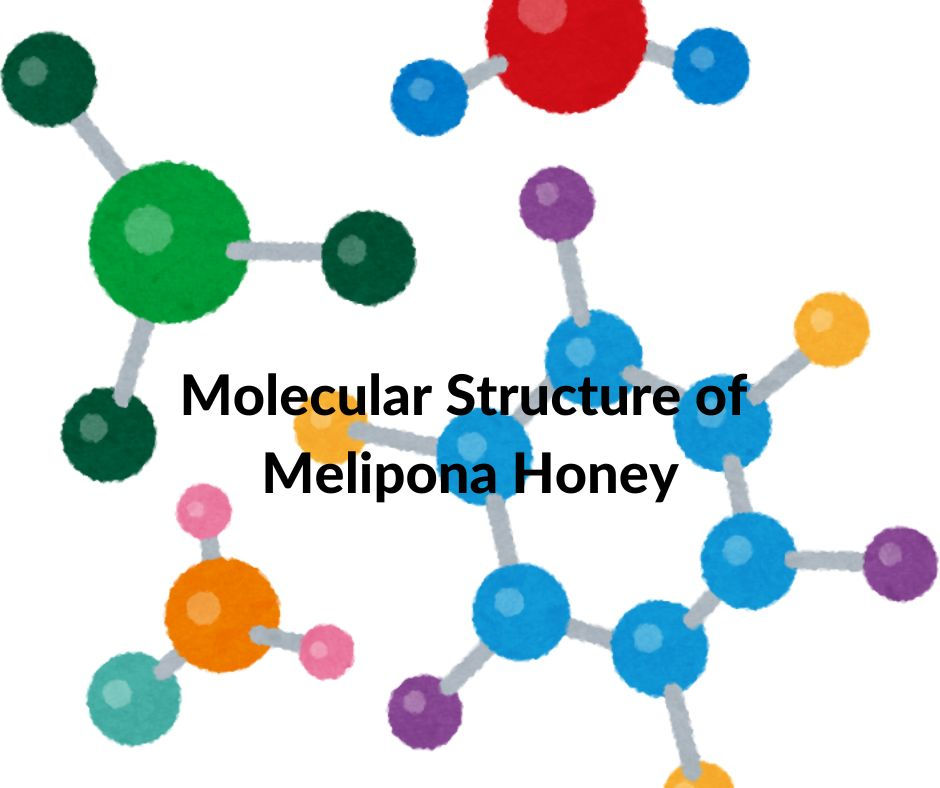The Importance of Having the Right Plantings for Melipona Bees
- John Quam

- Feb 11
- 2 min read
Updated: Mar 14
Melipona bees, also known as stingless bees, are a vital component of many ecosystems, especially in tropical and subtropical regions. Unlike their more famous counterparts, honeybees, melipona bees do not possess a stinger, making them a safer option for pollination in urban and rural settings. However, the health and productivity of melipona bee colonies are heavily influenced by the availability and diversity of plants in their environment. This article explores the significance of having the right plantings for melipona bees.
1. Pollination Needs
Melipona bees are excellent pollinators, and their foraging behavior is crucial for the reproduction of many flowering plants. To support these bees, it is important to plant:
Nectar-rich flowers: Plants that produce abundant nectar attract melipona bees, providing them with the energy they need for foraging.
Pollen sources: Diverse pollen sources are essential for the nutrition of the bee colony, particularly for brood development.
Seasonal blooms: A variety of plants that flower at different times of the year ensures a consistent food supply throughout the seasons.
2. Habitat Diversity
A diverse habitat supports a healthy melipona bee population. Different plant species provide unique resources and environments that benefit bees in various ways:
Microhabitats: Different plants create microhabitats that can protect bees from predators and harsh weather conditions.
Foraging opportunities: A variety of plants allows bees to forage efficiently, maximizing their foraging time and energy.
Genetic diversity: A diverse range of plants encourages genetic diversity among melipona bee populations, enhancing their resilience to diseases and environmental changes.
3. Sustainable Practices
Implementing sustainable planting practices is crucial for supporting melipona bees. Consider the following approaches:
Native plants: Incorporating native plant species into gardens and landscapes can significantly benefit local melipona bee populations, as these plants are adapted to the local environment and provide essential resources.
Avoiding pesticides: Reducing or eliminating the use of harmful pesticides helps protect melipona bees from toxic exposure, promoting healthier colonies.
Organic gardening: Practicing organic gardening methods encourages a healthier ecosystem, fostering an environment where melipona bees can thrive.
4. Community Engagement
Engaging the community in planting initiatives can enhance the habitat for melipona bees:
Educational programs: Informing the community about the importance of melipona bees and the role of plants in their survival can foster greater appreciation and support for these pollinators.
Community gardens: Establishing community gardens with a focus on melipona-friendly plants can create valuable foraging areas and promote biodiversity.
Collaborative efforts: Partnering with local environmental organizations can help in planning and executing planting projects that benefit melipona bees.
The right plantings are essential for the health and sustainability of melipona bee populations. By providing diverse and abundant food sources, promoting habitat diversity, and engaging in sustainable practices, we can create environments that support these remarkable pollinators. Protecting melipona bees not only benefits the bees themselves but also enhances overall biodiversity and contributes to the health of our ecosystems.








Comments